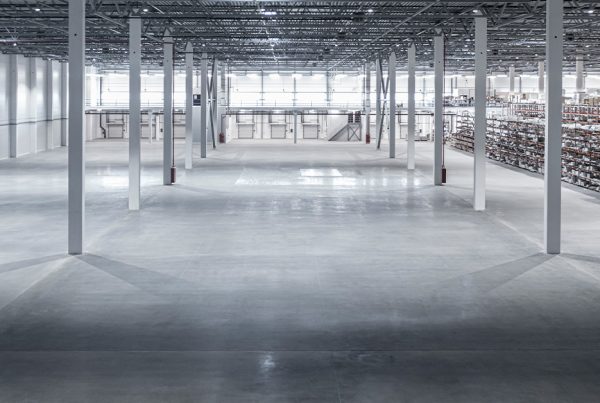
In the world of architecture, new trends and technologies are constantly shaping the way buildings are designed and constructed. One such innovation that has been gaining popularity in recent years is tilt-up construction. Tilt-up construction is a method where concrete walls are cast on-site and then lifted into position to form the walls of a building. This technique offers a range of benefits, including cost-effectiveness, durability, and design flexibility. Let's explore the rise of tilt-up building construction in today's architecture.
The Basics of Tilt-Up Construction
Tilt-up construction is a method that involves creating concrete walls on the ground and then tilting them up into place. This technique has been around for over a century but has recently gained traction in the construction industry due to advancements in technology and construction practices. Here are some fundamental aspects of tilt-up construction:
Process:
- Concrete panels are cast on-site, typically on a concrete slab.
- The panels are then lifted into place using a crane.
- Once the panels are in position, they are connected to form the walls of the building.
Advantages:
- Cost-effective compared to traditional construction methods.
- Speedy construction process, allowing for quicker project completion.
- Durable and low-maintenance walls that can withstand harsh weather conditions.
- Design flexibility, allowing for unique shapes and architectural features.
The Popularity of Tilt-Up Construction
The rise of tilt-up construction can be attributed to several factors that have contributed to its increasing popularity in today's architecture:
Cost-Effectiveness
- Tilt-up construction offers significant cost savings compared to traditional building methods.
- Reduced labor costs and shorter construction timelines result in overall project savings.
Speed of Construction
- Tilt-up construction allows for faster project completion, saving time and money.
- The ability to cast panels simultaneously while site preparation is underway speeds up the construction process.
Durability and Sustainability
- Concrete walls created through tilt-up construction are highly durable and require minimal maintenance over their lifespan.
- Concrete is a sustainable building material with a long service life, reducing the need for frequent replacements or repairs.
Design Flexibility in Tilt-Up Construction
One of the key advantages of tilt-up construction is its design flexibility, allowing architects and builders to create unique and visually appealing structures. Here are some ways in which tilt-up construction offers design flexibility:
Architectural Finishes
- Tilt-up panels can feature a wide range of architectural finishes, including brick, stone, stucco, and more.
- Architects have the freedom to experiment with different textures and colors to achieve the desired aesthetic for the building.
Shapes and Sizes
- Tilt-up construction allows for the creation of curved walls, angled panels, and other unconventional shapes.
- Buildings with unique geometries can be easily achieved through the versatility of tilt-up construction.
Integration of Features
- Tilt-up panels can incorporate openings for windows, doors, and other design elements.
- Architects can seamlessly integrate architectural features like cornices, reveals, and other detailing into the tilt-up panels.
Examples of Tilt-Up Construction Projects
Many impressive buildings around the world showcase the versatility and benefits of tilt-up construction. Here are a few notable examples:
Commercial Buildings
- Big box retail stores
- Office buildings
- Warehouses and distribution centers
Industrial Facilities
- Manufacturing plants
- Storage facilities
- Cold storage warehouses
Educational and Institutional Buildings
- Schools and universities
- Community centers
- Government buildings
These projects demonstrate the versatility, durability, and efficiency of tilt-up construction across various building types and sectors.
Conclusion
As the construction industry continues to evolve, tilt-up construction has emerged as a cost-effective, efficient, and versatile building method that is reshaping modern architecture. With its numerous advantages, including speed of construction, durability, and design flexibility, tilt-up construction is likely to become even more prevalent in the years to come. Architects and builders are increasingly turning to tilt-up construction to create innovative and sustainable buildings that meet the demands of today's architecture.
